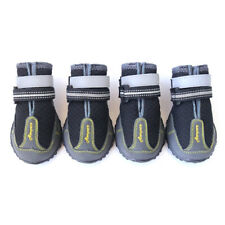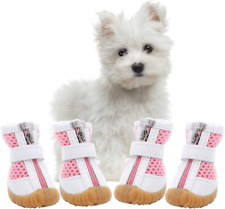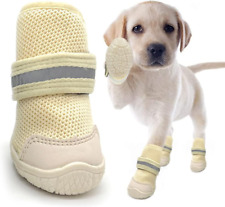How To Prevent Split Hooves

This is the second Appaloosa I have owned and both have suffered from split hooves. Is this trait more common in Appaloosas? I am using Horseshoer's Secret and this product is doing great. Will I need to continue using this for the life of my horse?

As a rule, a healthy horse that has access to plenty of quality grass should demonstrate healthy hoof growth. If the health of the animal or its diet is not optimal then its possible that a strong hoof will not be possible. In truth, other variables such as breed, individual genetics and environmental factors all play a part.
Horse hooves are much like human fingernails: they grow from the cuticle and harden into hooves. If there is a disruption in the cuticle so that tissue can not grow, the nail/hoof will not be produced. If the crack in a hoof is a temporary problem, it should grow out with adequate shoeing. However, if it appears to be permanent/repetitive you need to address the underlying cause. It is possible that a horse with a permanently split hoof has a damaged cuticle – in which case no hoof will ever grow in that area, but it is more likely to be a temporary effect.
Some schools of thought think that wet conditions make a horse more prone to split hooves; others think that dry conditions will make the hoof crack; and others still think that frequent changes from wet to dry will promote hoof cracking. I do know that Appaloosa’s are known more than most other breeds for dry hooves – so perhaps this suggests that dry conditions are to blame.
If you are sure that your horse has no underlying health complaints and that his diet is sufficient, the the two most important ways of treating split hooves are shoeing and supplementation – in which case you are doing everything right. It is also sometimes recommended to have the shoes reset once a month. In terms of supplementation, biotin is a widely used supplement for promoting good hoof growth – which is why Horseshoer’s Secret will be working well for you.

abcGoodefg Pet Dog Shoes Puppy Canvas Sneaker Boots, #4(1.73*2.20), Blue
$2609.30
4pcs Warm Dog Shoes Reflective Anti-slip Snow Dog Boots for Chihuahua Yorkie
$1902.00
Wholesale Lot Dog Shoes Boots 60 PIECES Clothes Breathable Year Round US SELLER
$595.00
Waterproof Dog Boots, Dog Outdoor Shoes, Pet Rain Boots, Running Shoes for Mediu
$28.69
Wholesale Lot Dog Shoes Boots 18 PIECES Clothes Large Paws 2 Styles US SELLER
$199.95
Dog Shoes, 4Pcs anti Slip Waterproof Reflective Dog Boots, Soft Paw Protector wi
$23.24
Mesh Dog Shoes Pet Boots, Summer Breathable Dog Shoes for Small Doggy, Waterproo
$19.62
4 Pcs Pet Dog Puppy Canvas Sport Shoes, Sneaker Boots, Outdoor Nonslip Causal Sh
$19.62
Dog Puppy Rain Boot Paws Boots Pet Rain Boot Pet Snow Boots Shoe Non-Slip
$18.85
4Pcs Dog Boots Breathable Dog Shoes Dog Booties with Reflective Straps, Anti-Sli
$16.75









